The World at the Dawn of the Machine Age, part 2
@StrategyGameEnthusiast I'd expect the revolutions in Spain's American colonies to look rather different than in real-life, considering the paucity of actual Spanish people.
The great steppes, once an endless churn of nomadic hordes, were increasingly centralizing under the control of the Khanate of Bukhara. The Bukharans had managed the switch from horse-archer dominated to black-powered warfare deftly, and their domains were vast. The Silk Road was open for business once more. Only a lack of population density held Bukhara back from the ranks of the true world powers. The ambition of their Khans was the same as Ghenghis before them, to unite all the peoples of the steppes (and make it stick his time!), but unable to compete with the Liang dynasty and their power structure to the east, the Bukharans instead pushed West, towards the edge of Europe and their Norse allies (though the RCU, who still held much of Tartary, were as much of a threat as teh Yue, at least they had strong allies nearby). The alliance of Nogai and Sibr were fighting back surprisingly well, though.
Religiously, the region was practically a monoculture- Sunni Islam ruled the day, except in the parts of RCU Tartary where Catholicism had taken root under Franco-Lithuanian rule with the worship of Tengri being limited to the pre-state Uralic an Evenki people to the north, in lands barely charted- and, with the proven coal reserves recently found near the northern edges of settled land in the steppes, Bukhara was already casting eyes into the northern wilds as well...
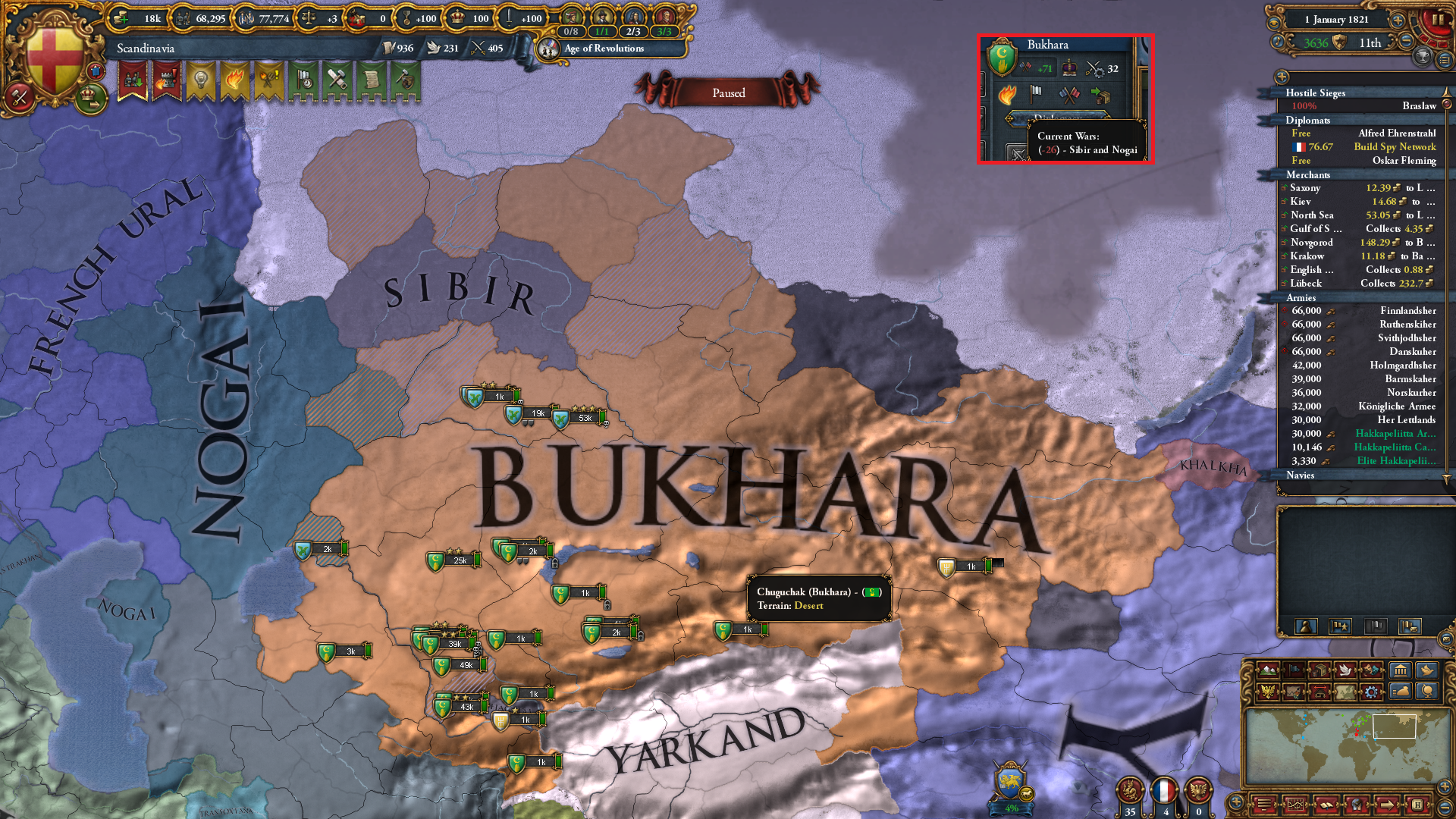
To the south, it was becoming increasingly misleading to speak of the Middle East and India as two distinct regions. Turkey and Deccan faced each other across a part of the world largely split between the two great powers. On the edges of this region, the Mamluk Sultinate and Delhi survived by allying with each other- though Delhi was quite good at allying with anyone, being also closely tied with the Portuguese revolutionaries, and the Liang dynasty. This was perhaps wise, as the Yue dynasty was also trying to expand its sphere of influence into India, controlling key cities in Kashmir and Bengal
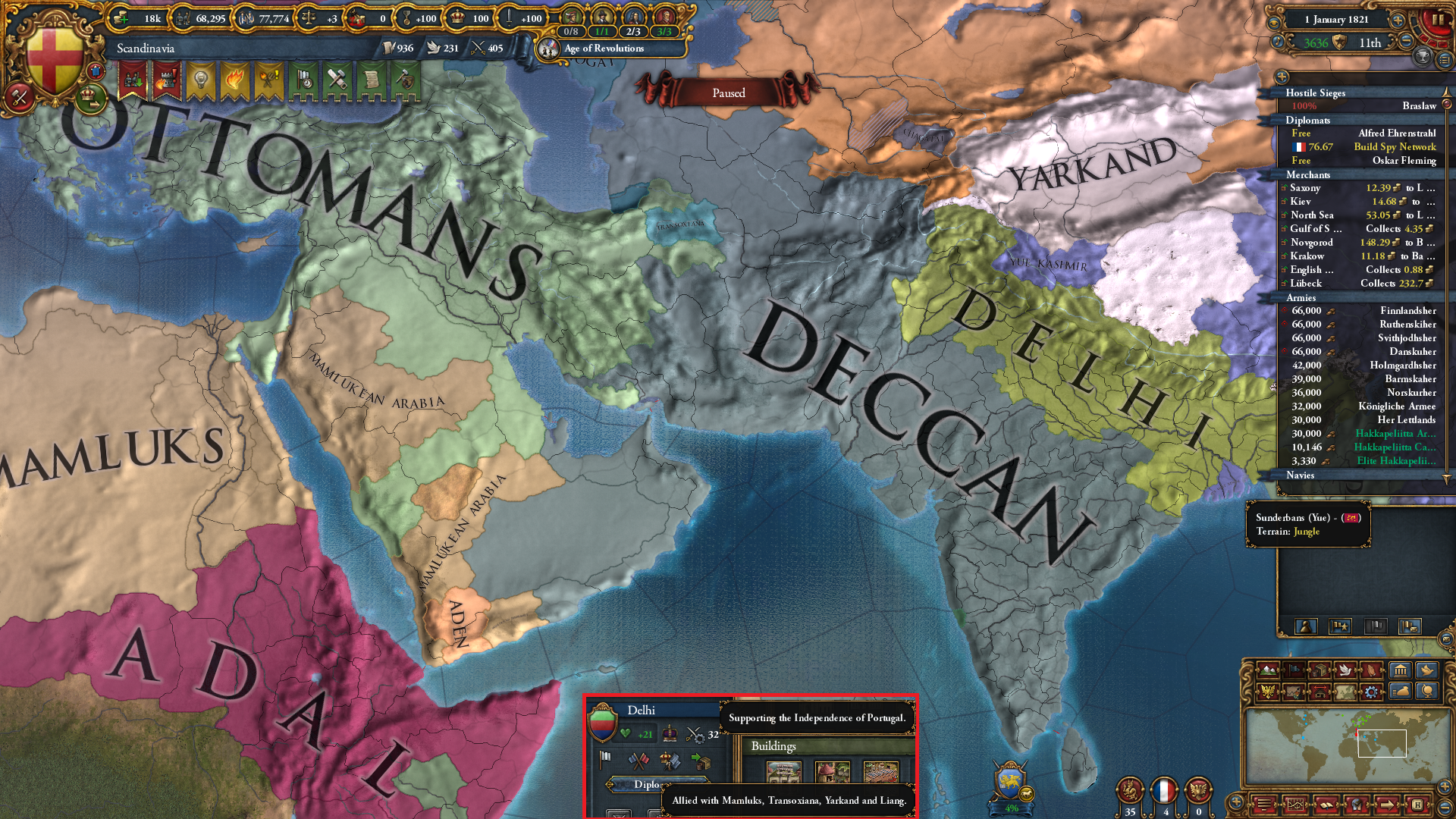
This divide was not merely political, but also religious, with the houses of Osman and Bahman also claiming the titles of Caliph of the two main Islamic sects. Reality, however, was somewhat more complex- there were many Sunni states that did not acknowledge the Turkish claim at all, while the Deccans had never made any real effort to convert the Hindu majority in their heartlands- nor had the Delhians! The Indians preferred to pay the jizya over having the caste system actually enforced (though few were willing to fully convert to a religion that denied it, such as Islam or Sikhism), while the Muslim Indian elites preferred to receive the jizya now instead of the glory of bringing India fully into the House of Islam- possibly in time for their grandson to get the credit, if things went well. If things went poorly, it would create a moment of weakness that would allow the Turks to topple the whole system.
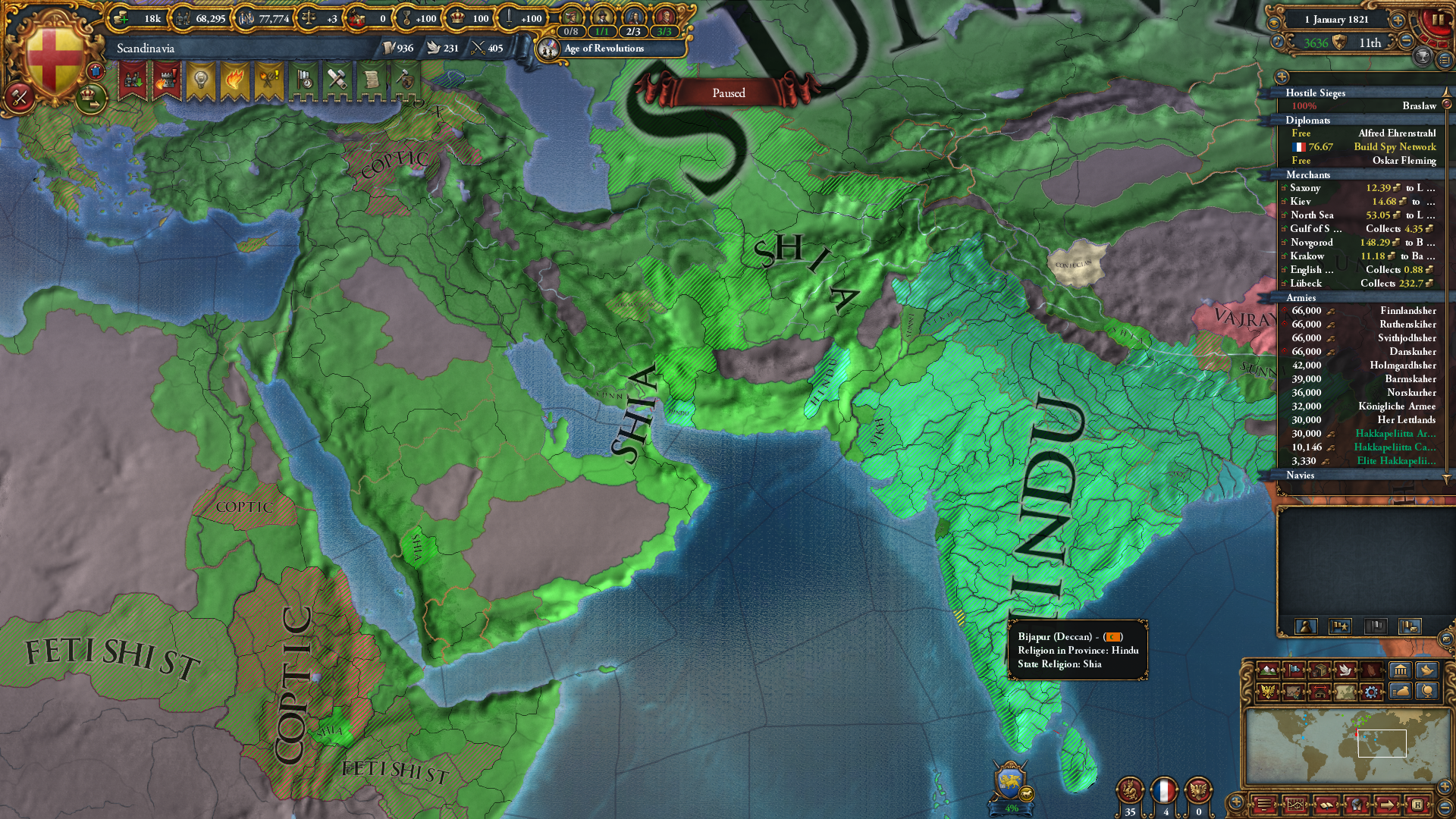
Perhaps nothing showed the increasing integration of the two regions more than the fact that, as Deccan began to enforce civilization on the wild hill-folk of Afghanistan and Baluchistan, it was not Persians they sent in, but Islamised Indians from Sindh.
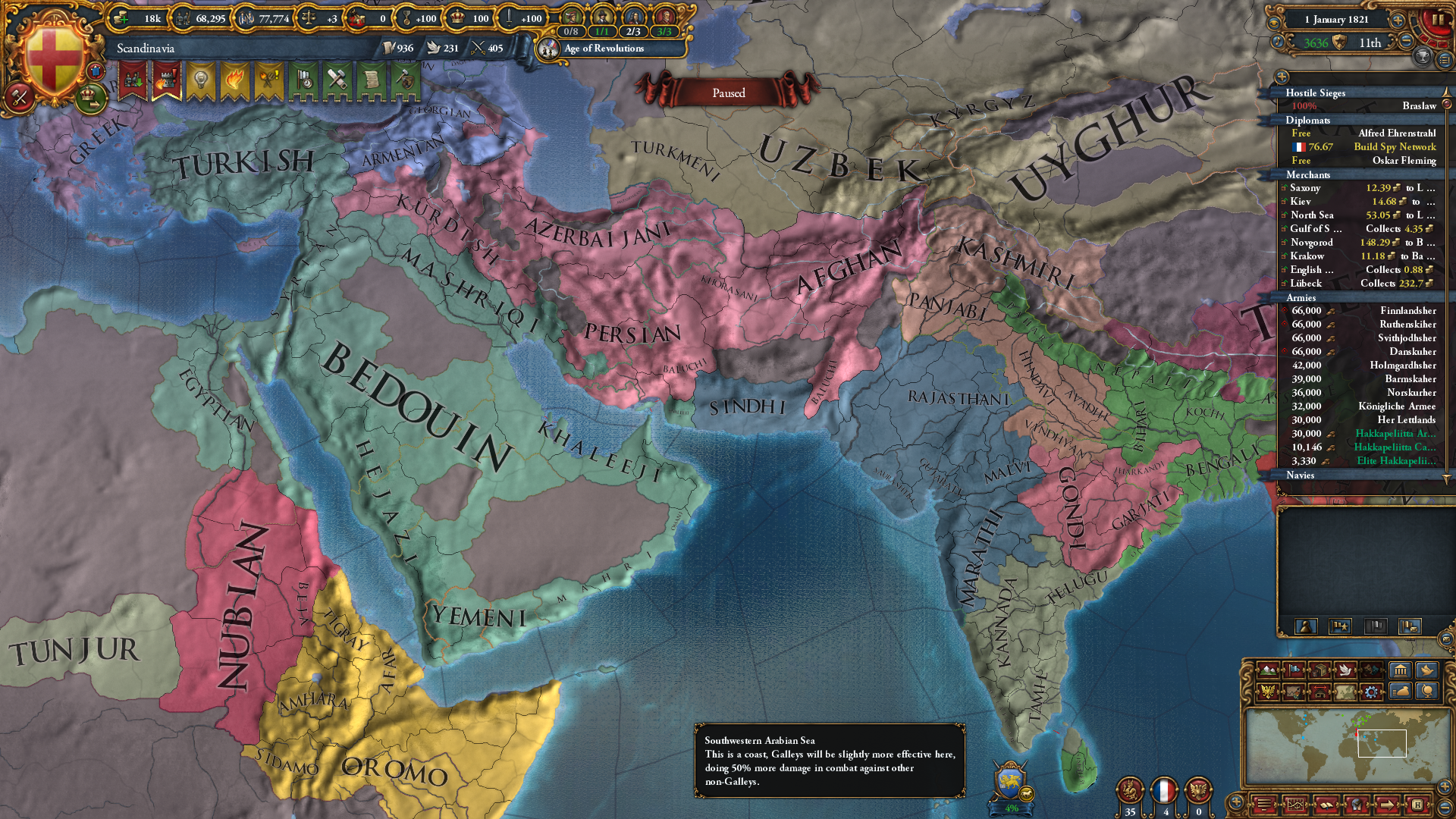
This push into India was part of a general expansionism by the Yue, who had claimed the mandate, of Heaven, united most of China, and built an alliance structure that spanned the Eastern Coast from the Straits of Malacca to the northern ice, where it had colonised the coasts of Manchuria and Kamchatka, with the tongue of Guangdong being now spoken under the midnight sun! It had conquered the lands of Mongolia and Vietnam, that had vexed China in the past! However, it was more broad that deep. In the south, Pegu and Khmer acted as much as a peer ally than a tributary, maintaining parallel alliances in India and Europe, respectively. In the north, only the relatively weak powers of Japan, which had little hope now of ever regaining its southern islands from Korea, and the Shun rump state in Manchuria even bothered joining, with the latter also maintaining alliances with the Liang. Liang was the greatest vexation to Yue, though Korea also remained stubbornly independent. Like their ally in Delhi, they used clever diplomacy to build a coalition against their larger neighbor. They denied Yue the status of a truly reunified China- not only occupying the symbolically prestigious cities of Beijing and Yanzhou, but all of China’s proven coal reserves. At least there was relatively little religious strife in the region, with the syncretism-happy Buddhist/Confucian/Nature-spirit systems of the region muddling along as ever.
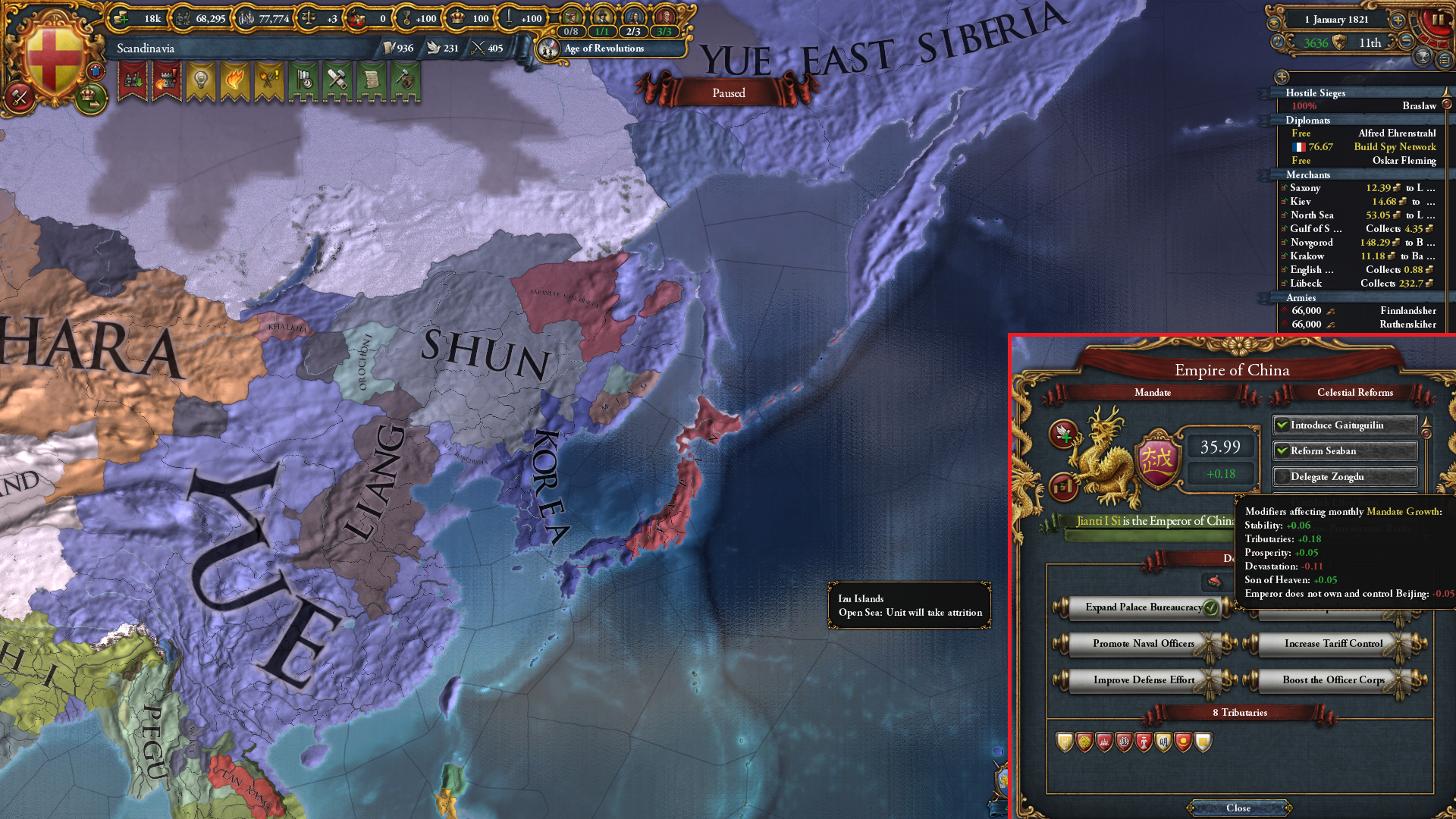
The Uttermost Southeast, beyond the Yue alliance structure, was as chaotic as ever. On one end was Lanfang, a republic established by Chinese exiles, essentially a part of the East Asian system that had slipped past Yue’s grasp and somehow found itself allied with Britain. On the other end, Tierra Austral, a Spanish colony that might have been a detached part of Markland for how it was run, though the Spanish language and the Catholic religion had set in a bit more, and it remained fairly loyal to the distant metropole.
Perhaps its leaders believed that independence, spread across multiple islands, would lead to a collapse into something like the regions to its northwest, where each bay and islet seemed to be part of a different state. Spain, Portugal, Britain, France, Scandinavia, and the Mamluks had all haphazardly colonised the region, with none making any particular effort to solidify control of a region. The local powers of Lanfang, Majapahit, and Bali had been little more concerned with consolidation, leaving accurately mapping the region an exercise in confusion. The religions situation was no less confused, with Hinduism, Buddhism, Islam, and local paganism blending together in improbable ways, even before the Christian and Asatru missionaries from Europe muddied the waters further. It was said that if a belief had been expressed in any language, it had also been expressed in the Malay and Polynesian dialect-continuums.
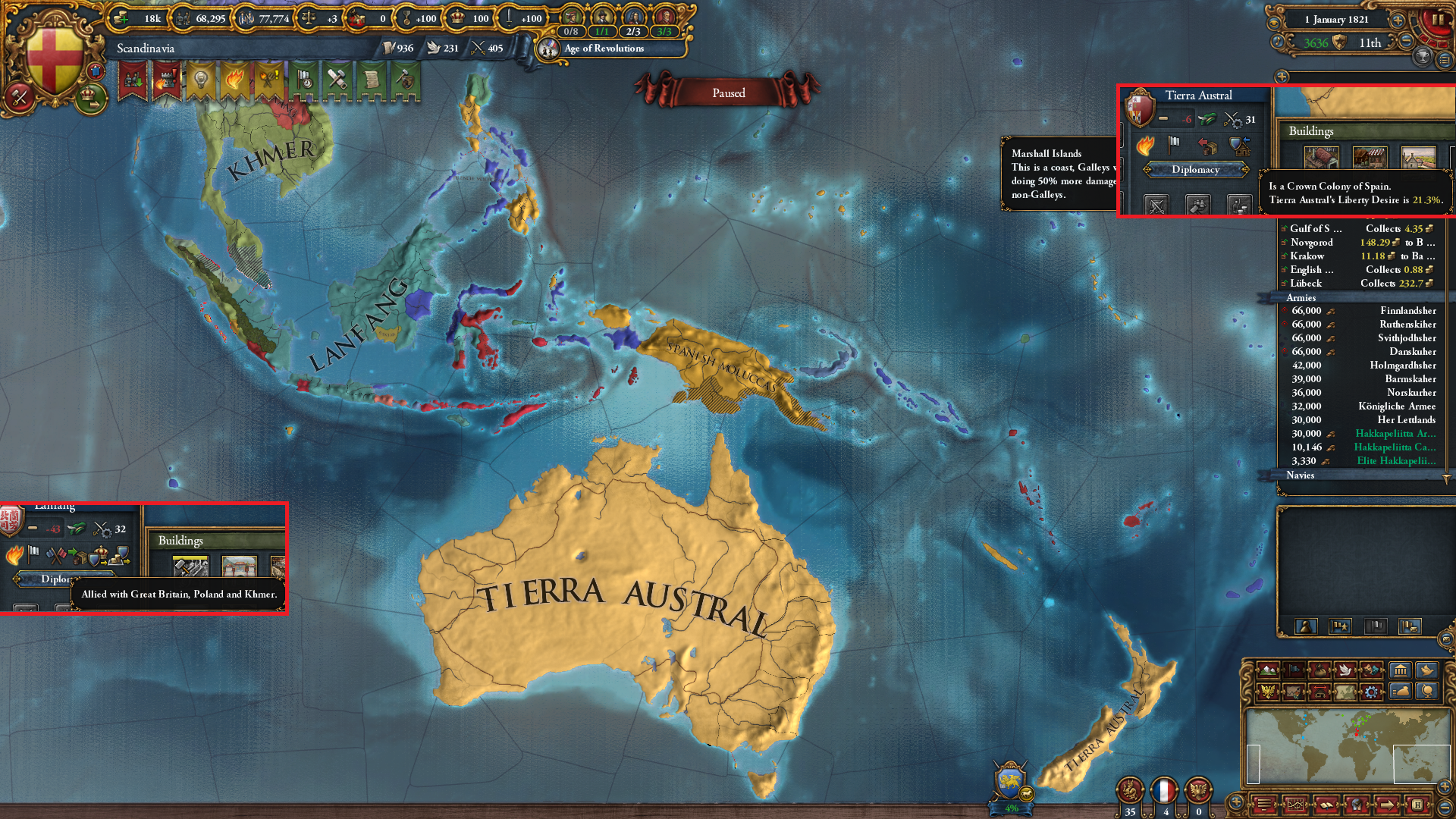
The World at the Dawn of the Machine Age, part 2
The great steppes, once an endless churn of nomadic hordes, were increasingly centralizing under the control of the Khanate of Bukhara. The Bukharans had managed the switch from horse-archer dominated to black-powered warfare deftly, and their domains were vast. The Silk Road was open for business once more. Only a lack of population density held Bukhara back from the ranks of the true world powers. The ambition of their Khans was the same as Ghenghis before them, to unite all the peoples of the steppes (and make it stick his time!), but unable to compete with the Liang dynasty and their power structure to the east, the Bukharans instead pushed West, towards the edge of Europe and their Norse allies (though the RCU, who still held much of Tartary, were as much of a threat as teh Yue, at least they had strong allies nearby). The alliance of Nogai and Sibr were fighting back surprisingly well, though.
Religiously, the region was practically a monoculture- Sunni Islam ruled the day, except in the parts of RCU Tartary where Catholicism had taken root under Franco-Lithuanian rule with the worship of Tengri being limited to the pre-state Uralic an Evenki people to the north, in lands barely charted- and, with the proven coal reserves recently found near the northern edges of settled land in the steppes, Bukhara was already casting eyes into the northern wilds as well...

Fig. 1- Political map of Central Asia, 1821
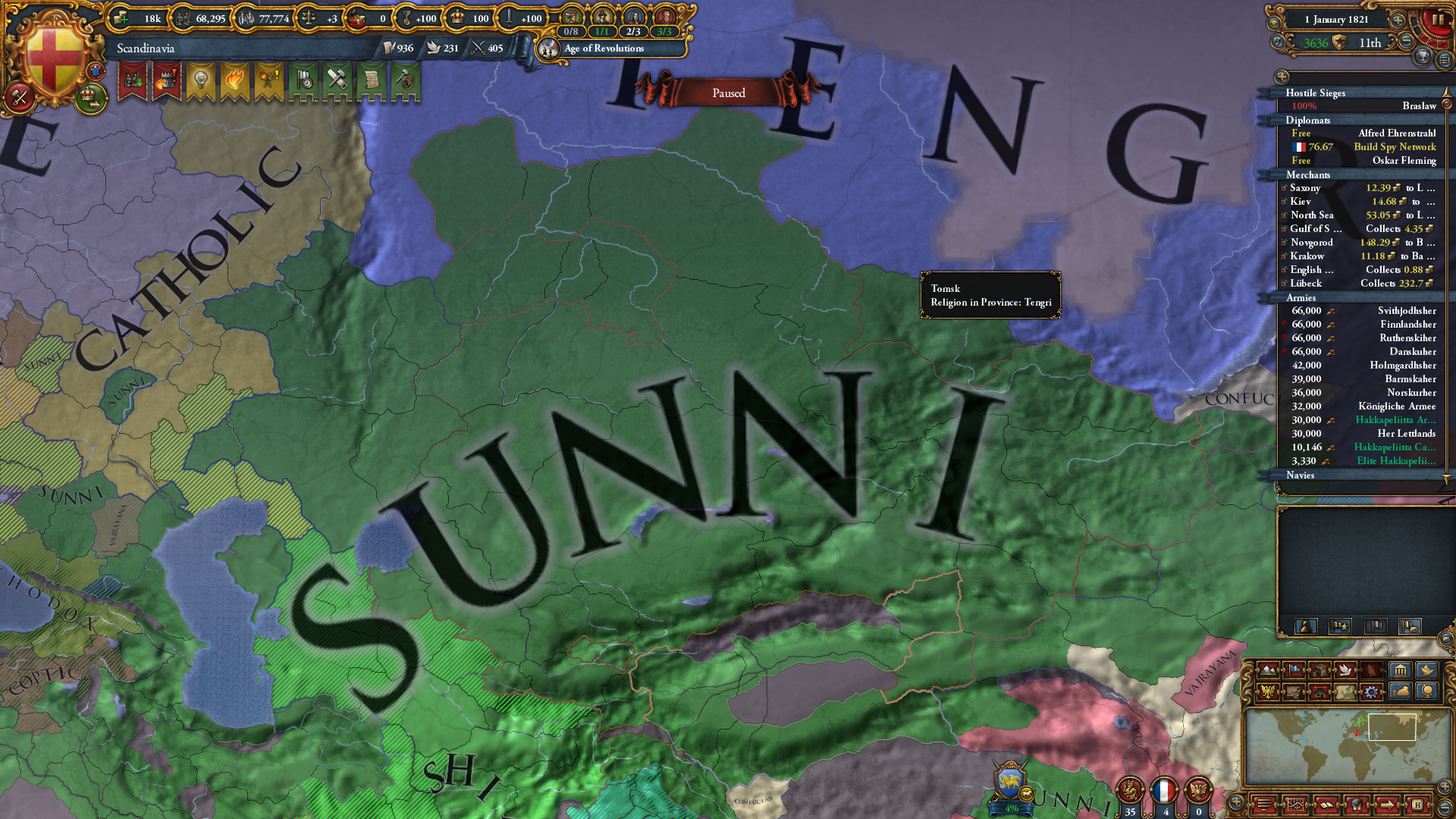
Fig. 2– Religious map of Central Asia, 1821
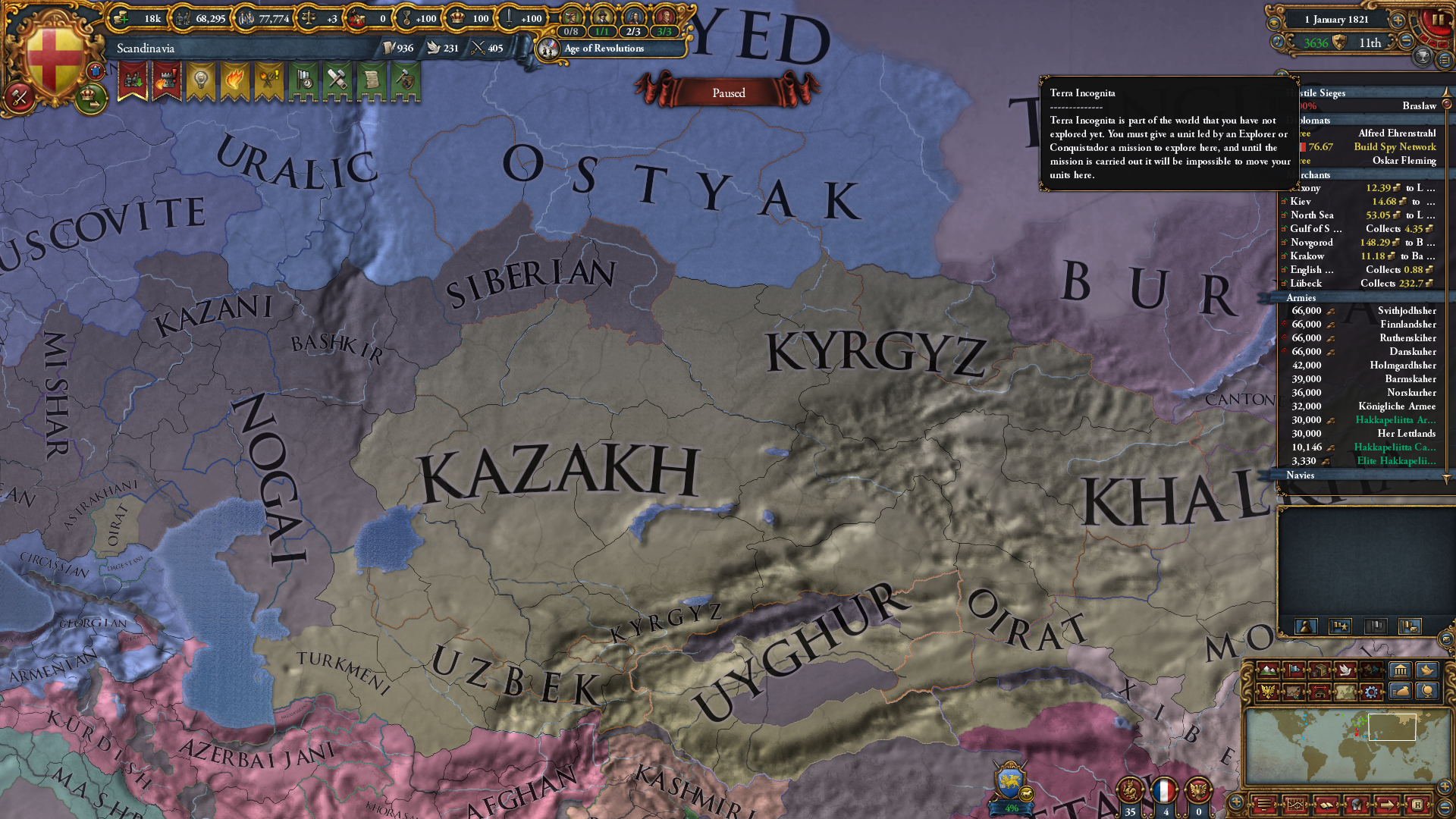
Fig. 3- Map of predominant languages in Central Asia, 1821.

Fig. 2– Religious map of Central Asia, 1821

Fig. 3- Map of predominant languages in Central Asia, 1821.
To the south, it was becoming increasingly misleading to speak of the Middle East and India as two distinct regions. Turkey and Deccan faced each other across a part of the world largely split between the two great powers. On the edges of this region, the Mamluk Sultinate and Delhi survived by allying with each other- though Delhi was quite good at allying with anyone, being also closely tied with the Portuguese revolutionaries, and the Liang dynasty. This was perhaps wise, as the Yue dynasty was also trying to expand its sphere of influence into India, controlling key cities in Kashmir and Bengal

Fig. 4- Political Map of the Indo-Levantine region, 1821
This divide was not merely political, but also religious, with the houses of Osman and Bahman also claiming the titles of Caliph of the two main Islamic sects. Reality, however, was somewhat more complex- there were many Sunni states that did not acknowledge the Turkish claim at all, while the Deccans had never made any real effort to convert the Hindu majority in their heartlands- nor had the Delhians! The Indians preferred to pay the jizya over having the caste system actually enforced (though few were willing to fully convert to a religion that denied it, such as Islam or Sikhism), while the Muslim Indian elites preferred to receive the jizya now instead of the glory of bringing India fully into the House of Islam- possibly in time for their grandson to get the credit, if things went well. If things went poorly, it would create a moment of weakness that would allow the Turks to topple the whole system.

Fig. 5- Religious Map of the Indo-Levantine region, 1821
Perhaps nothing showed the increasing integration of the two regions more than the fact that, as Deccan began to enforce civilization on the wild hill-folk of Afghanistan and Baluchistan, it was not Persians they sent in, but Islamised Indians from Sindh.

Fig. 6- Map of predominant languages in the Indo-Levantine region, 1821.
This push into India was part of a general expansionism by the Yue, who had claimed the mandate, of Heaven, united most of China, and built an alliance structure that spanned the Eastern Coast from the Straits of Malacca to the northern ice, where it had colonised the coasts of Manchuria and Kamchatka, with the tongue of Guangdong being now spoken under the midnight sun! It had conquered the lands of Mongolia and Vietnam, that had vexed China in the past! However, it was more broad that deep. In the south, Pegu and Khmer acted as much as a peer ally than a tributary, maintaining parallel alliances in India and Europe, respectively. In the north, only the relatively weak powers of Japan, which had little hope now of ever regaining its southern islands from Korea, and the Shun rump state in Manchuria even bothered joining, with the latter also maintaining alliances with the Liang. Liang was the greatest vexation to Yue, though Korea also remained stubbornly independent. Like their ally in Delhi, they used clever diplomacy to build a coalition against their larger neighbor. They denied Yue the status of a truly reunified China- not only occupying the symbolically prestigious cities of Beijing and Yanzhou, but all of China’s proven coal reserves. At least there was relatively little religious strife in the region, with the syncretism-happy Buddhist/Confucian/Nature-spirit systems of the region muddling along as ever.

Fig. 7- Political map of East Asia, 1821
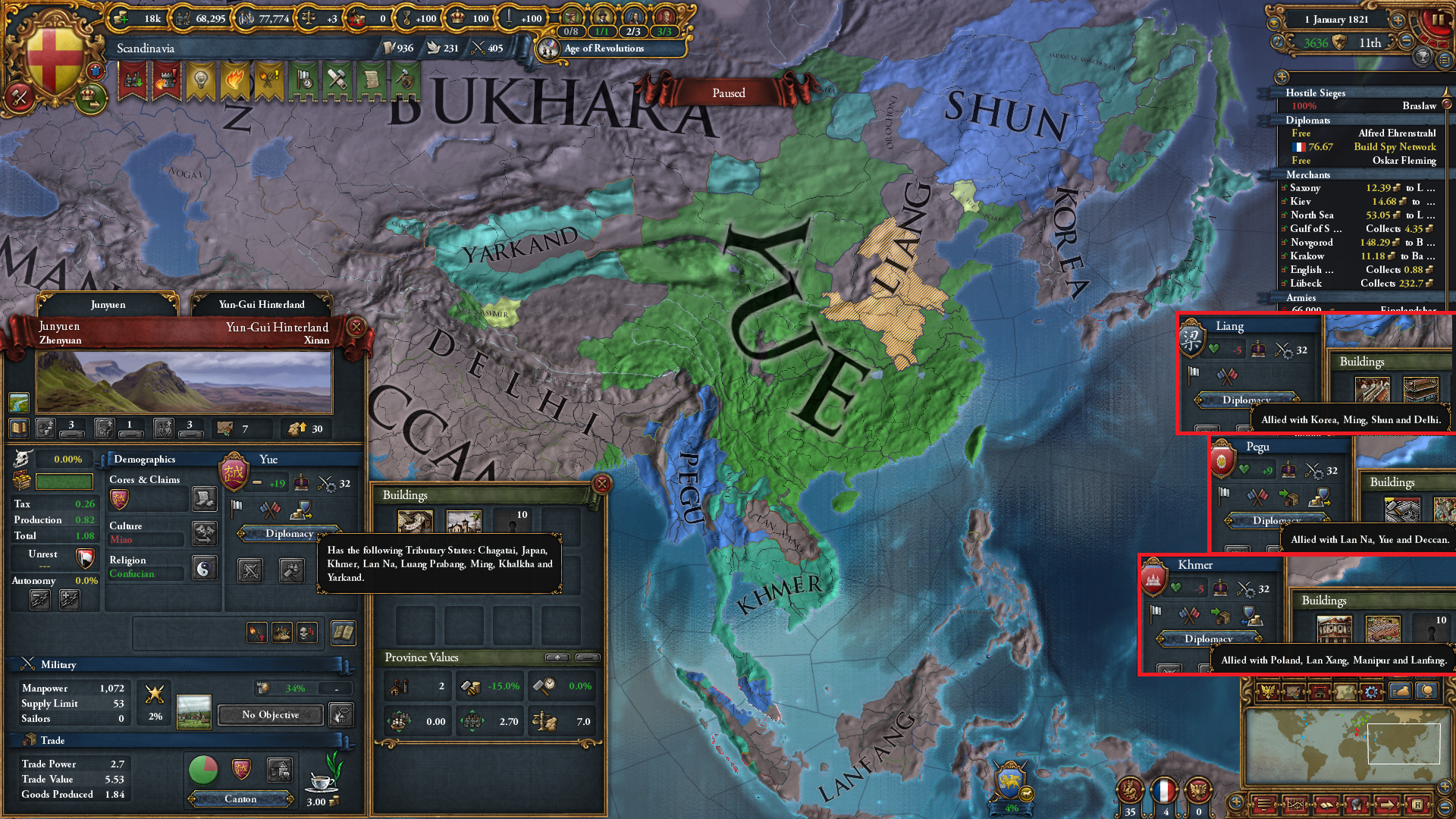
Fig. 8- the Yue alliance structure, 1821
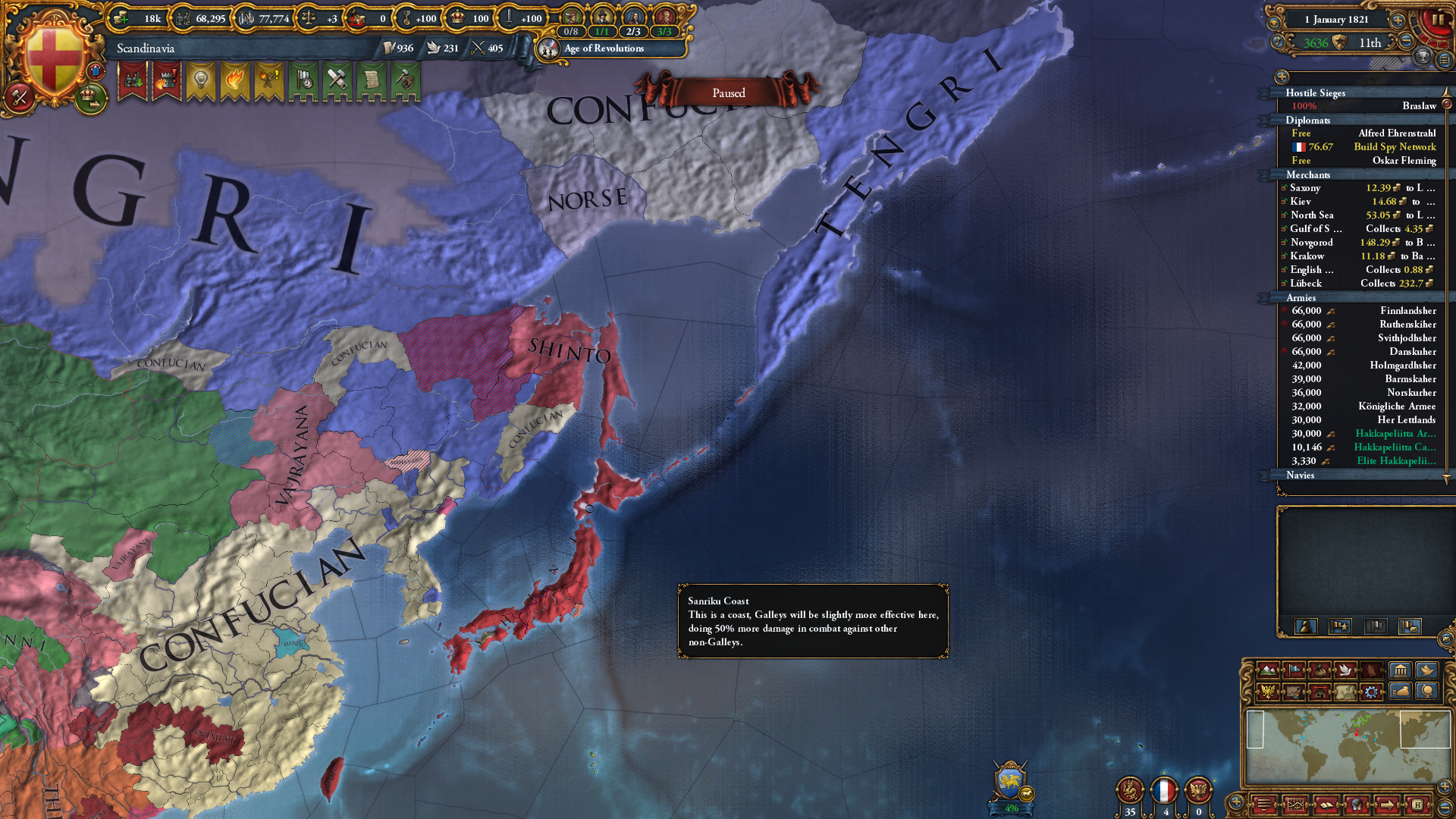
Fig. 9– Religious map of East Asia, 1821
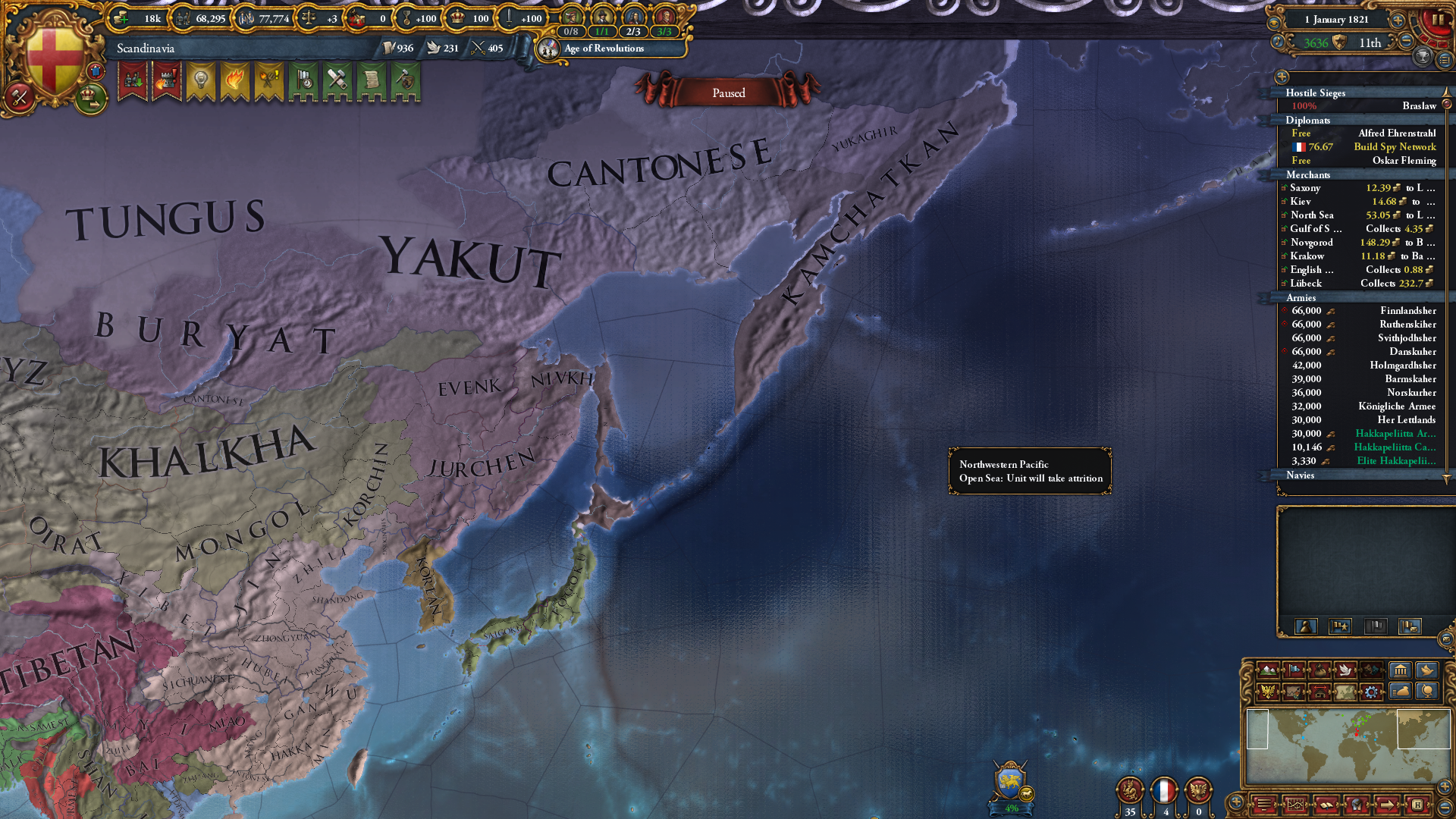
Fig. 10- Map of predominant languages in East Asia, 1821.
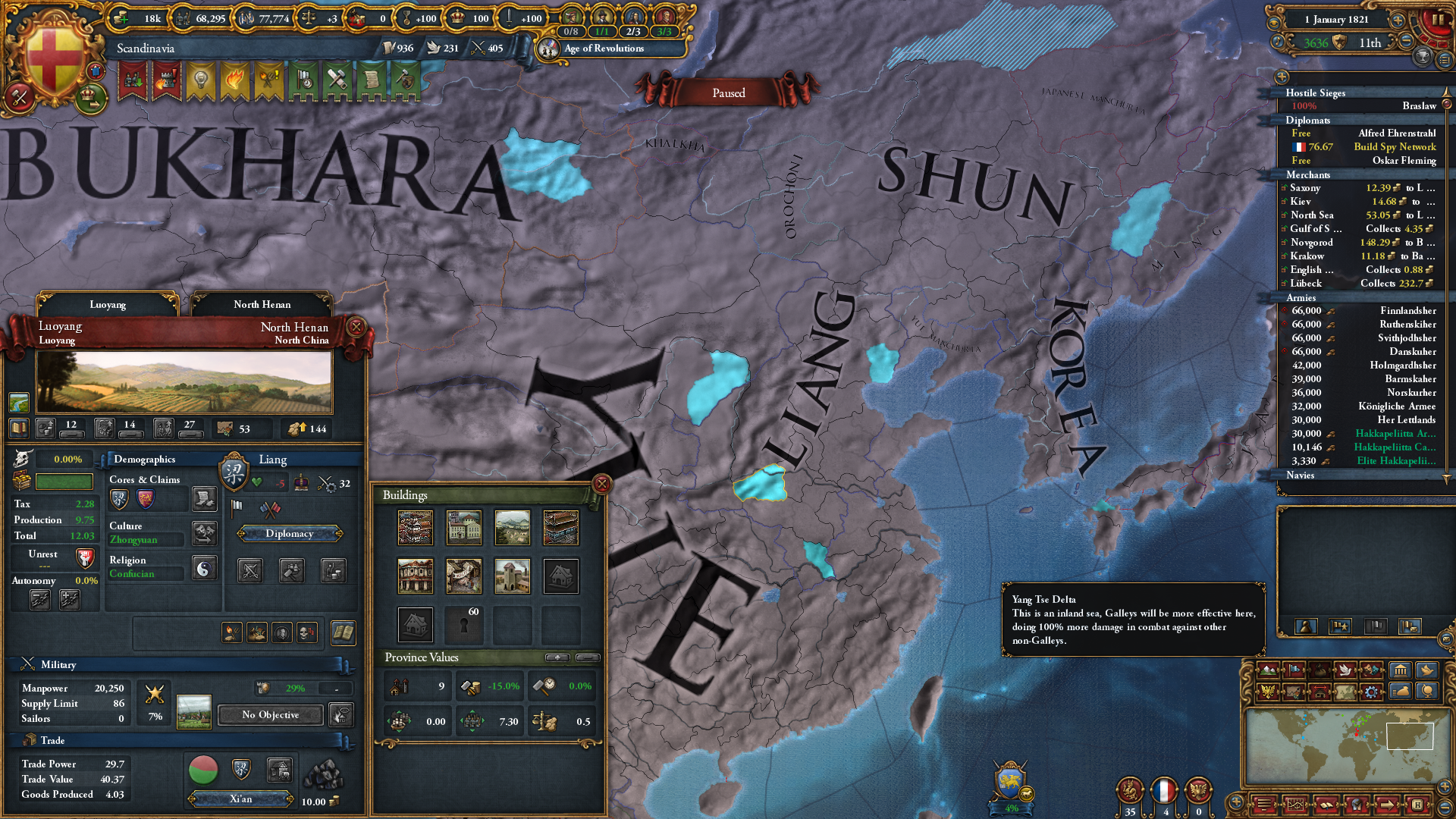
Fig. 11- Proven Coal reserves in East Asia, 1821

Fig. 8- the Yue alliance structure, 1821

Fig. 9– Religious map of East Asia, 1821

Fig. 10- Map of predominant languages in East Asia, 1821.

Fig. 11- Proven Coal reserves in East Asia, 1821
The Uttermost Southeast, beyond the Yue alliance structure, was as chaotic as ever. On one end was Lanfang, a republic established by Chinese exiles, essentially a part of the East Asian system that had slipped past Yue’s grasp and somehow found itself allied with Britain. On the other end, Tierra Austral, a Spanish colony that might have been a detached part of Markland for how it was run, though the Spanish language and the Catholic religion had set in a bit more, and it remained fairly loyal to the distant metropole.
Perhaps its leaders believed that independence, spread across multiple islands, would lead to a collapse into something like the regions to its northwest, where each bay and islet seemed to be part of a different state. Spain, Portugal, Britain, France, Scandinavia, and the Mamluks had all haphazardly colonised the region, with none making any particular effort to solidify control of a region. The local powers of Lanfang, Majapahit, and Bali had been little more concerned with consolidation, leaving accurately mapping the region an exercise in confusion. The religions situation was no less confused, with Hinduism, Buddhism, Islam, and local paganism blending together in improbable ways, even before the Christian and Asatru missionaries from Europe muddied the waters further. It was said that if a belief had been expressed in any language, it had also been expressed in the Malay and Polynesian dialect-continuums.

Fig. 12- Political map of the Uttermost Southeast, 1821
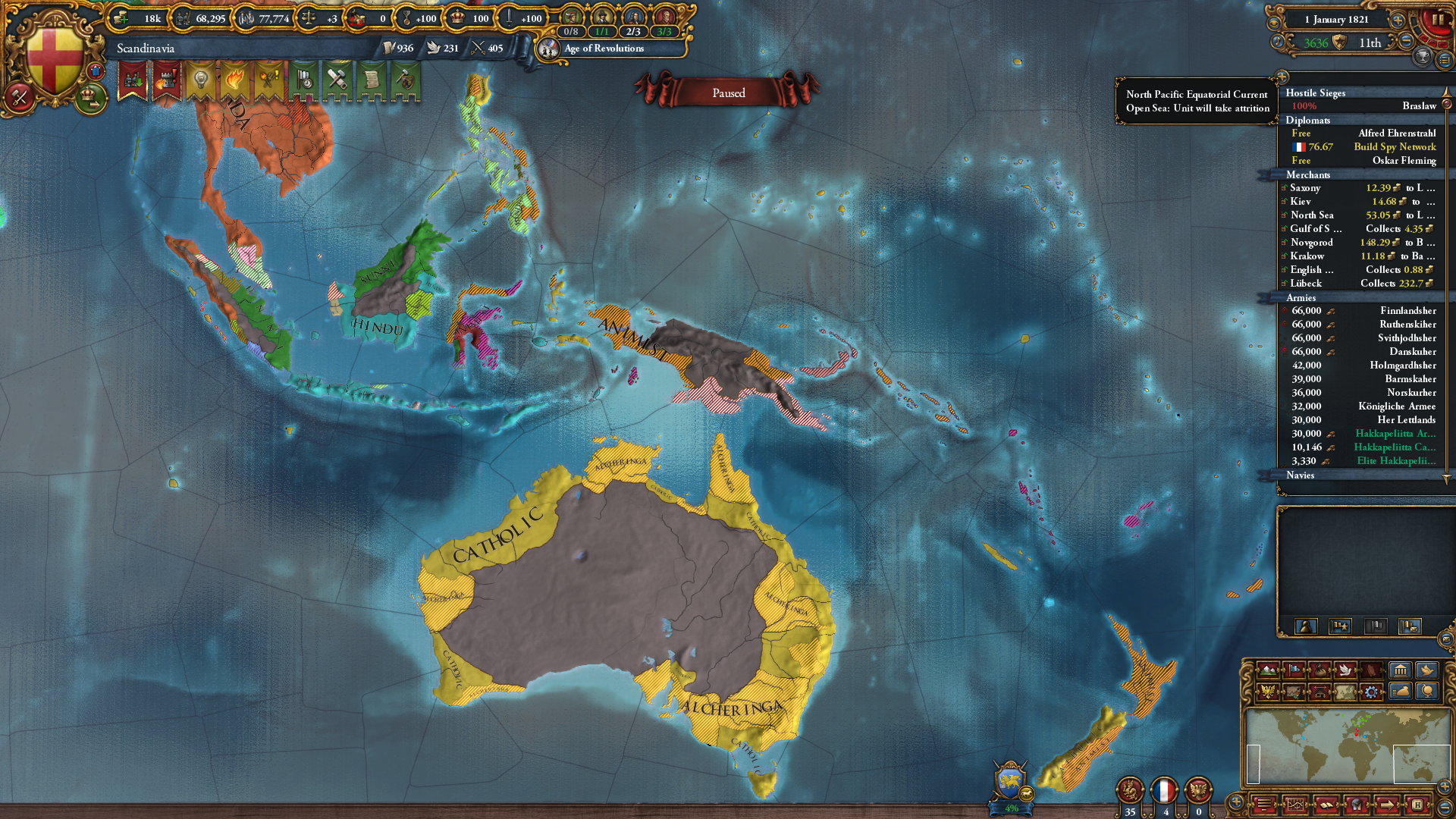
Fig. 13– Religious map of the Uttermost Southeast, 1821
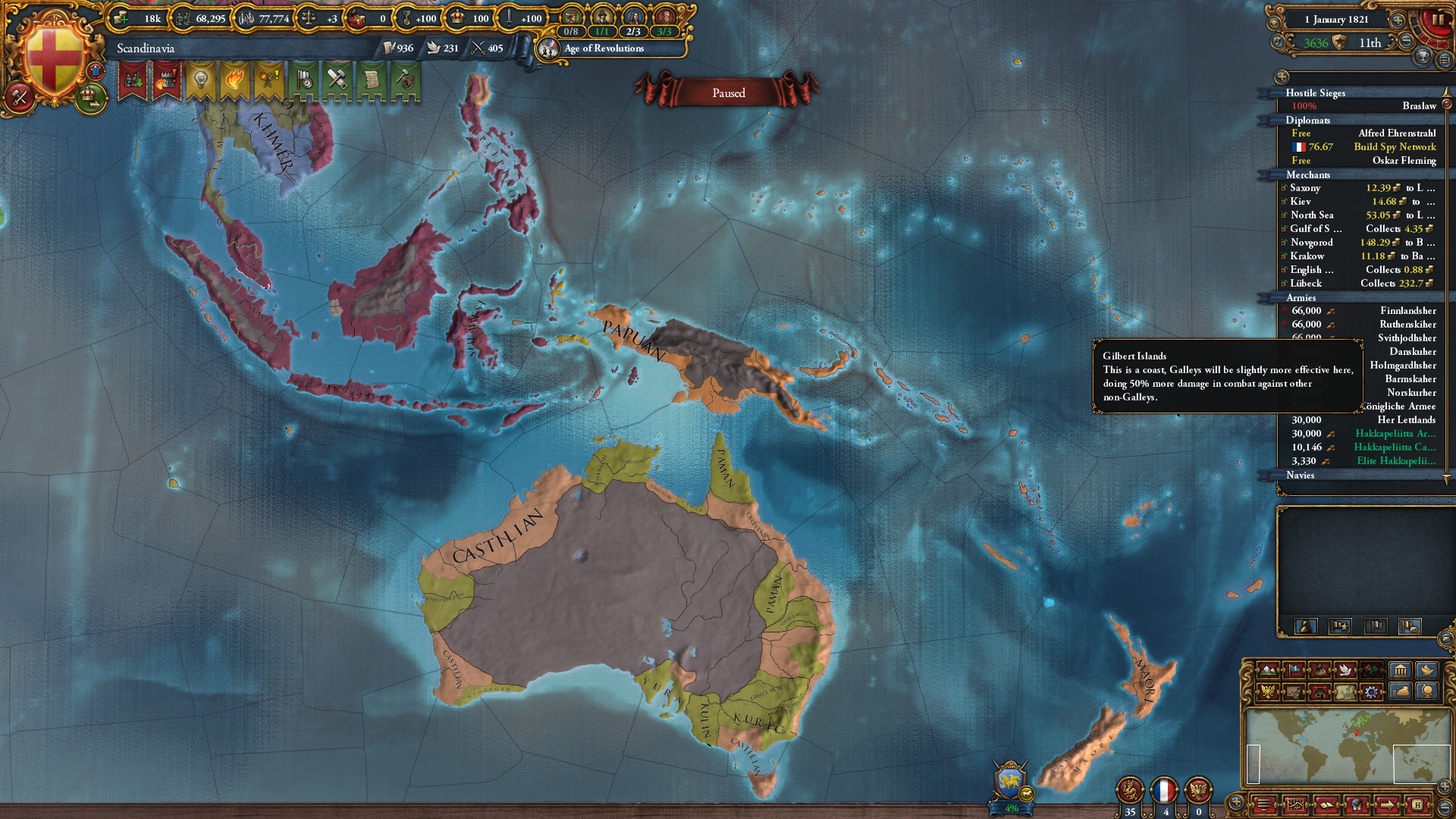
Fig. 14- Map of predominant languages in the Uttermost Southeast, 1821.

Fig. 13– Religious map of the Uttermost Southeast, 1821

Fig. 14- Map of predominant languages in the Uttermost Southeast, 1821.
Attachments
- 1
- 1


